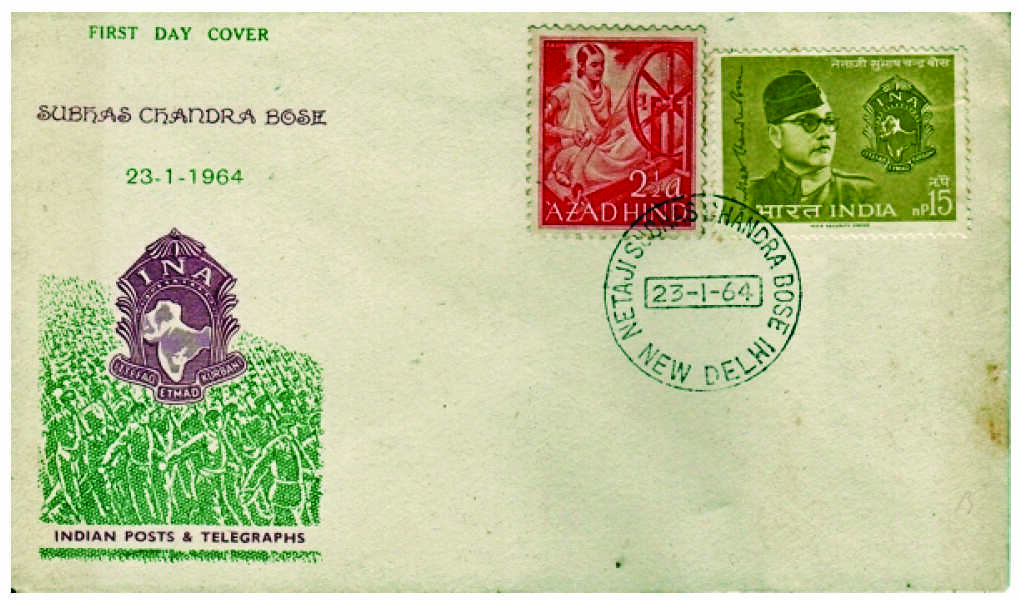Unexplored plenitude
Demographically diverse and strategically crucial Andaman & Nicobar Islands are teeming with profound resources — exploitation of which remains widely debated

In his seminal work, 'Andaman & Nicobar Islands: India's Untapped Strategic Assets', Sanat Kaul mentions that at the time of Independence, the British weighed four possible options about the Islands. One proposal was to keep the islands as a Crown colony — like many others in the Caribbean and Pacific Islands. There
are unconfirmed reports that as there were a large number of Christian converts in Nicobar, Bishop Richardson sent a wire to London asking for the islands to be retained directly under Whitehall. Pakistan too laid a claim on the islands
on account of their proximity to Chittagong and Dhaka ports. The possibility of transferring the islands to Burma was also under consideration. Finally, it was decided that the islands would remain under the Union of India as a Union territory, and Imam ul Majid was appointed as the first Chief Commissioner.
Immediately after independence, the first wave of migration was for rehabilitation of refugees from East and West Pakistan. From the first to the fifth five-year plans, nearly 600 families were allotted over 4,100 acres of cleared forest land in Middle Andaman, Neil Island and Little Andaman. However, in addition to the officially settled refugees, several Bangladeshis also intermingled with the Bengali settlers. The Burmese and Kerens, who had decided to stay back after their prison terms, were also allotted lands, especially for the purpose of rubber cultivation.
An attempt was also made to resettle ex-servicemen in Great Nicobar. Over 300 of them were given land with a view that they would ensure that nothing untoward happened in these last frontiers of the country. As Kaul says "the main aspect of this rehabilitation was strategic. By putting ex-servicemen in Great Nicobar, it was felt that India would create a small group of well-trained Indians who would be able to provide the initial intelligence regarding any untoward activity in the area".
Thus, the population mix of Andaman Islands is quite eclectic — a veritable mini-India. There are Punjabis, Tamils, Bhantus, Karens, Bengalis, Moplahs, Ranchis and, of course, a category called 'local born' – the sons and daughters of the erstwhile prisoners who chose to settle there. Hindi has emerged as the new lingua franca, though the regional languages continue to flourish among the cultural communities to which most residents are now affiliated.
The island territories today are a significant strategic asset for India, especially on account of the proximity to Malacca Straits — an important SLOC (sea lane of communication), critical to trade and movement of oil from the Gulf to the South China sea, East China Sea, and the Pacific. In fact, India's significant position in the Quad is largely on account of the proximity to the Straits of Malacca. These islands also provide India a tremendous economic potential for tourism, fisheries and forests, besides enabling India to add 30 per cent of its additional EEZ and boosting its Look East Policy. It also displays India's maritime and air power in the India Pacific region. These considerations have led to the establishment of the first integrated command in India in which the army, air force and navy
work together as a unified theatre since 2001 when Vice Admiral Arun Prakash took over as the first Commander-in-Chief of the unified command. The command moves to each of the three forces — army, navy, and air force every two years.
The big question today is whether the islands should be opened for high-end tourism, mineral reserves in the deep ocean as well as for deep sea fishing, or 'preserved' as they are. Both views have their pros and cons. The NITI Aayog proposal for a Rs 75,000-crore plan for the development of a new 'greenfield city' with a diverse and robust economy based on maritime services and tourism, amongst other drivers, including an international container transhipment terminal, a greenfield international airport, a power plant, and a township complex at the 166-acre Great Nicobar Islands, has come in for intense criticism. Over half a million people are expected to stay there by 2050 if the development pans out as per the growth projections.
Even though the National Board for Wildlife, India's apex body for wildlife conservation, denotified the Galathea Bay Wildlife Sanctuary in its entirety, explicitly for the port, critics have pointed out that this is the most iconic nesting site for giant leatherback turtles. Experts have also raised concerns of the impact all these activities will have on the rich forests and coastal and marine ecosystems of Great Nicobar. The island hosts a UNESCO World Heritage Site, multiple forest types and one of the best-preserved tropical rainforests in the world. It is also home to 648 species of flora and 330 species of fauna, including rare and endemic ones like the Nicobar wild pig, Nicobar tree shrew, the Great Nicobar crested serpent eagle, Nicobar paradise flycatcher and the Nicobar megapode. The proponents say that of the 921 sq. km area, 640 sq. km is under Reserve Forest, and another 450 acres is protected under the Onge Tribal Conservation Area. Making such a hue and cry over 166 acres is not justified, for other islands in the Pacific and Caribbean are doing very much the same thing and creating employment options for the local residents.
Views expressed are personal



